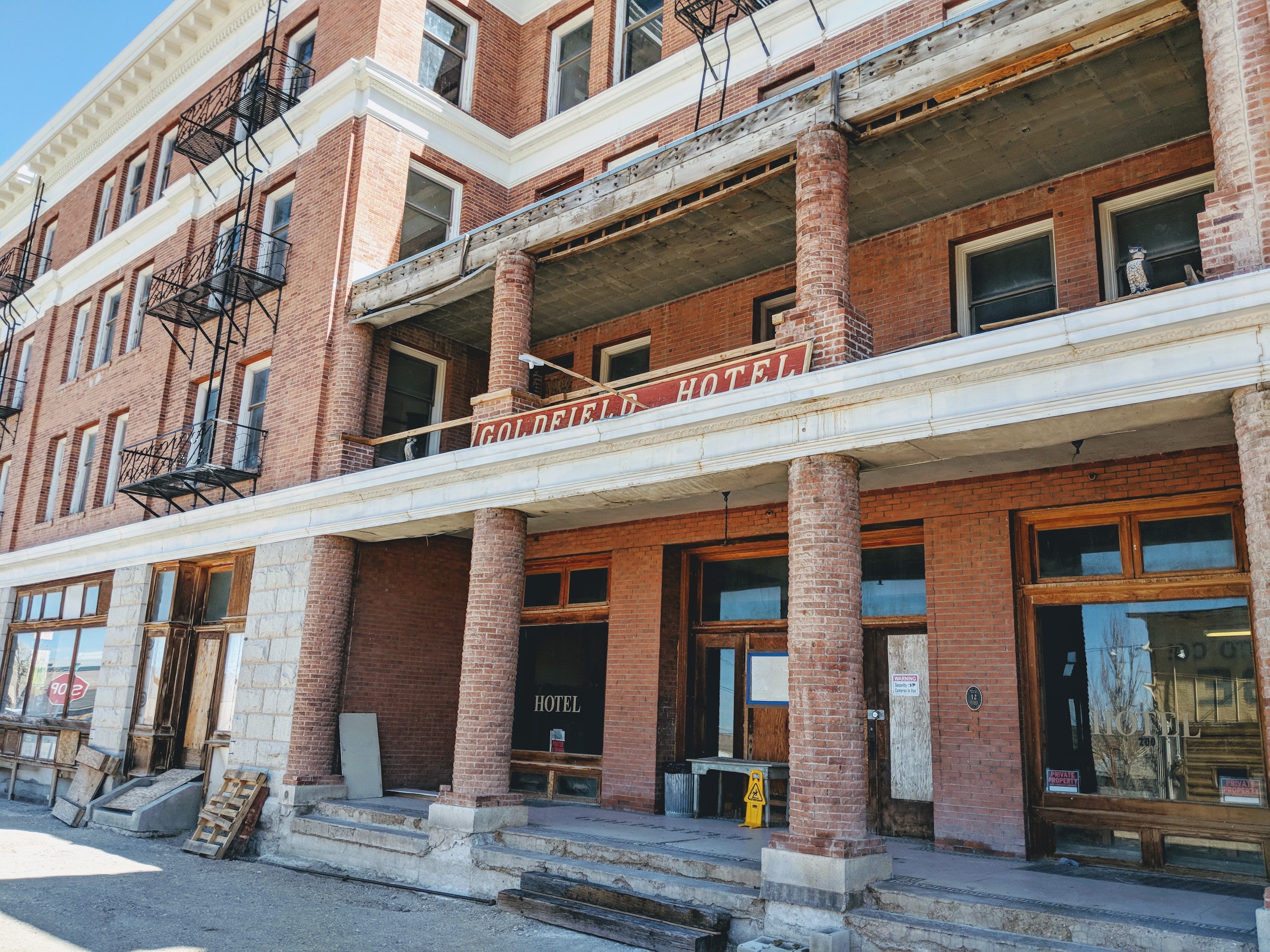 Goldfield is an unincorporated community and the county seat of Esmeralda County, Nevada, United States. According to the latest census in 2010 the population of the town is 268 people.
Goldfield is an unincorporated community and the county seat of Esmeralda County, Nevada, United States. According to the latest census in 2010 the population of the town is 268 people.
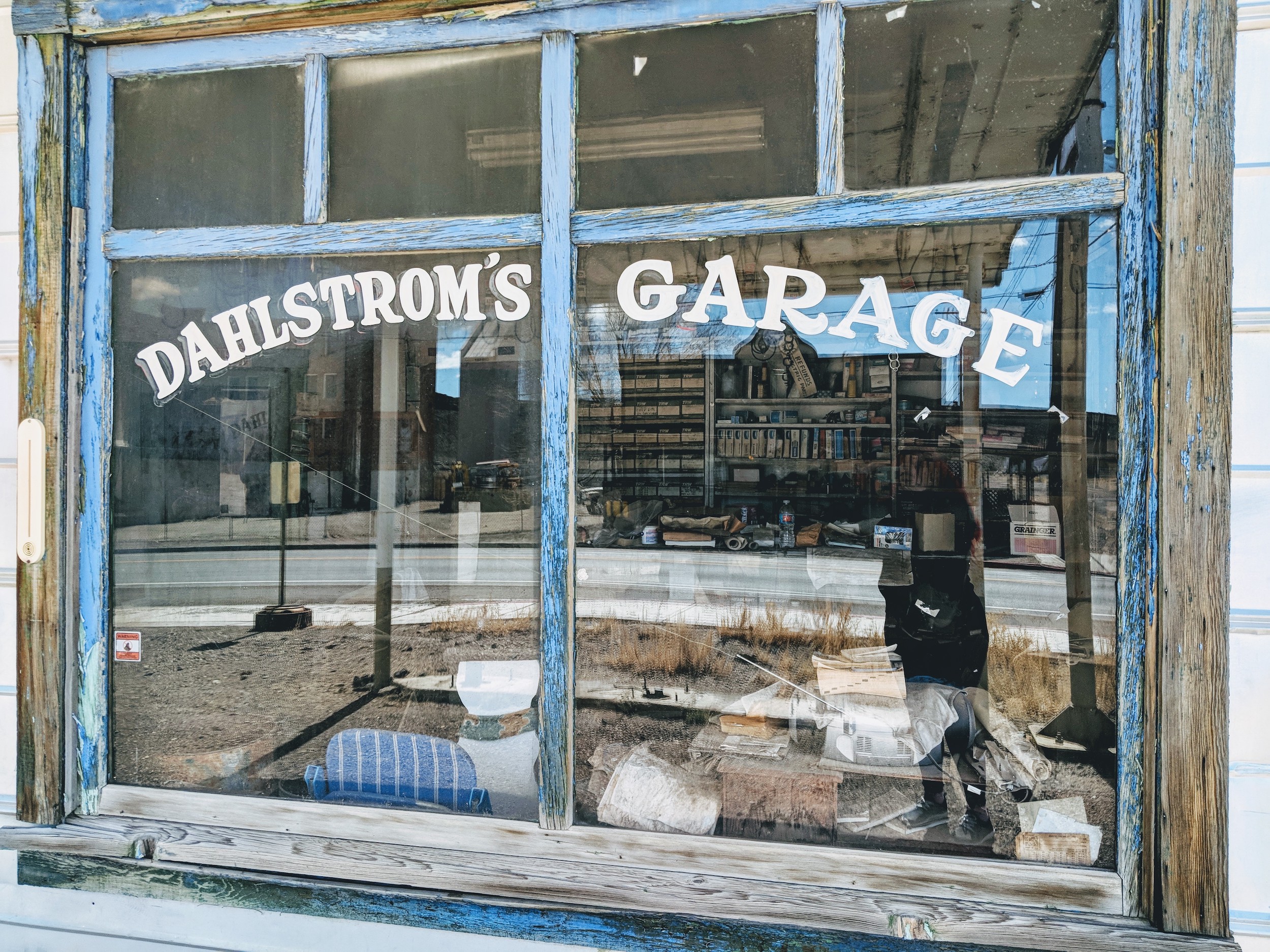
Goldfield was a boomtown in the first decade of the 20th century due to the discovery of gold — between 1903 and 1940, Goldfield’s mines produced more than $86 million.
Founded in 1902, Goldfield boasted a population of 30,000 during its boom year of 1906 when it produced $11million in gold. Unfortunately, gold mines were worked out rather quickly.
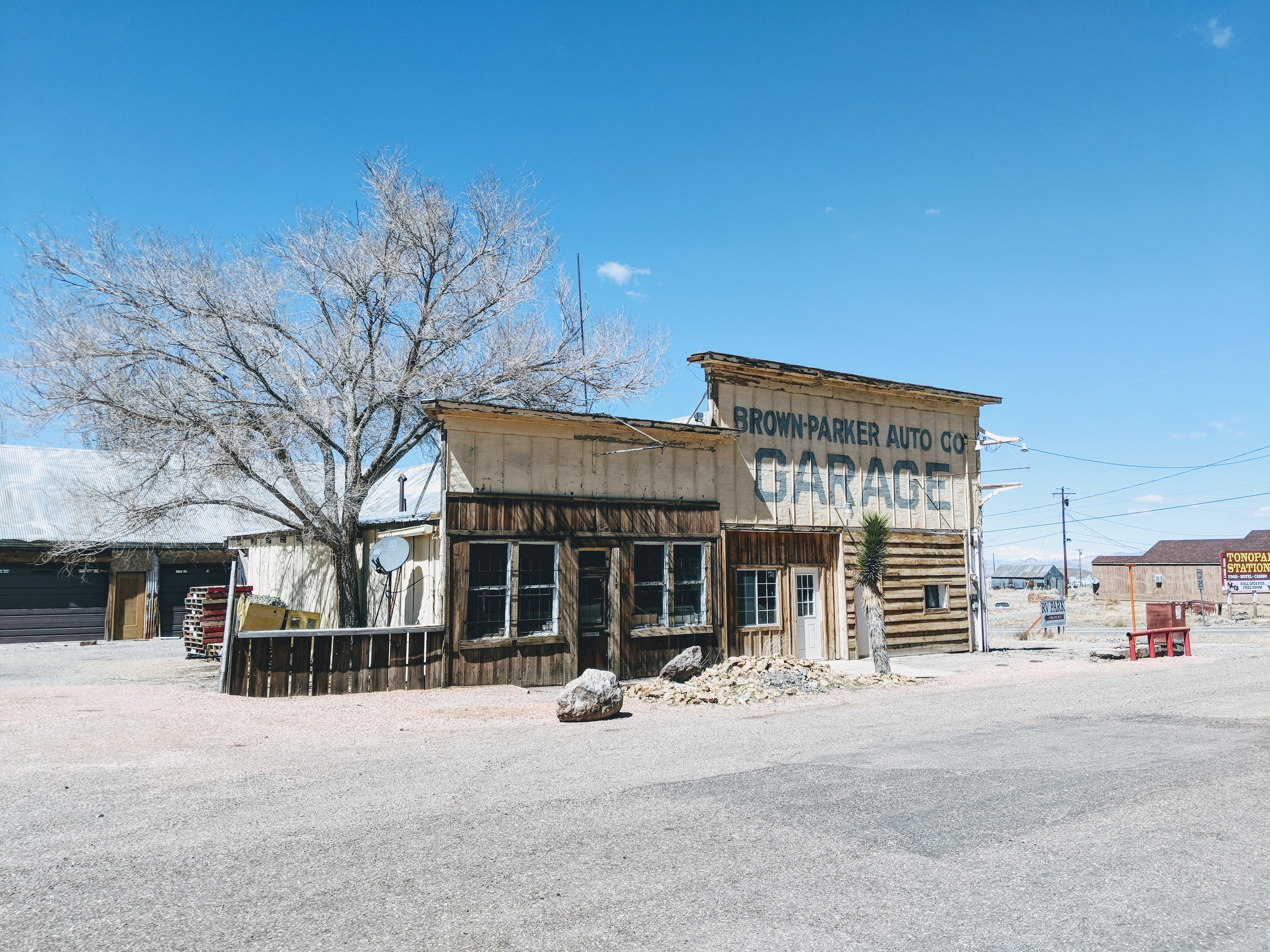
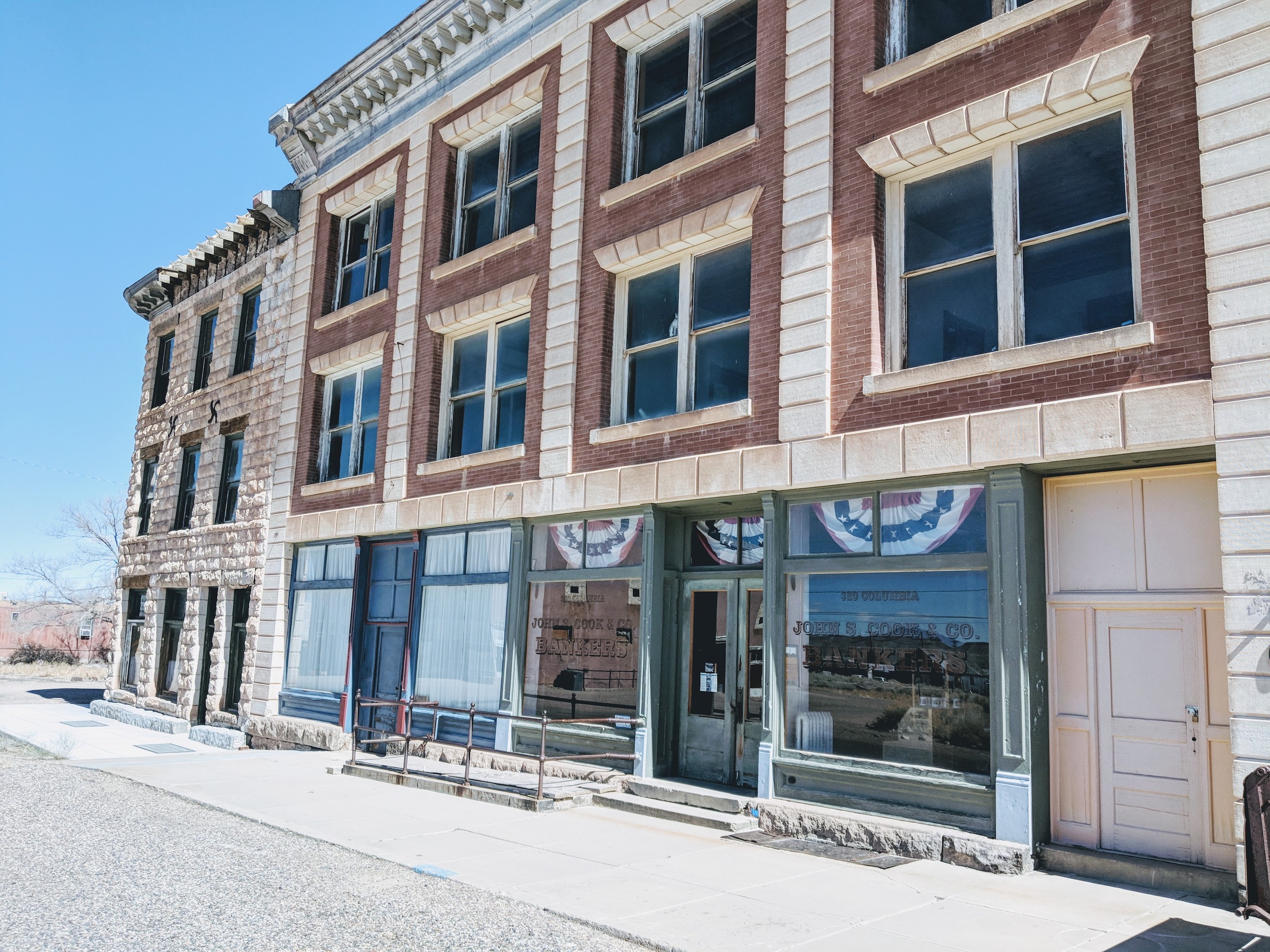
The town probably has the longest bar in the history of mining towns. The bar, Tex Rickard’s Northern, was so long it required 80 tenders to serve its customers(1).
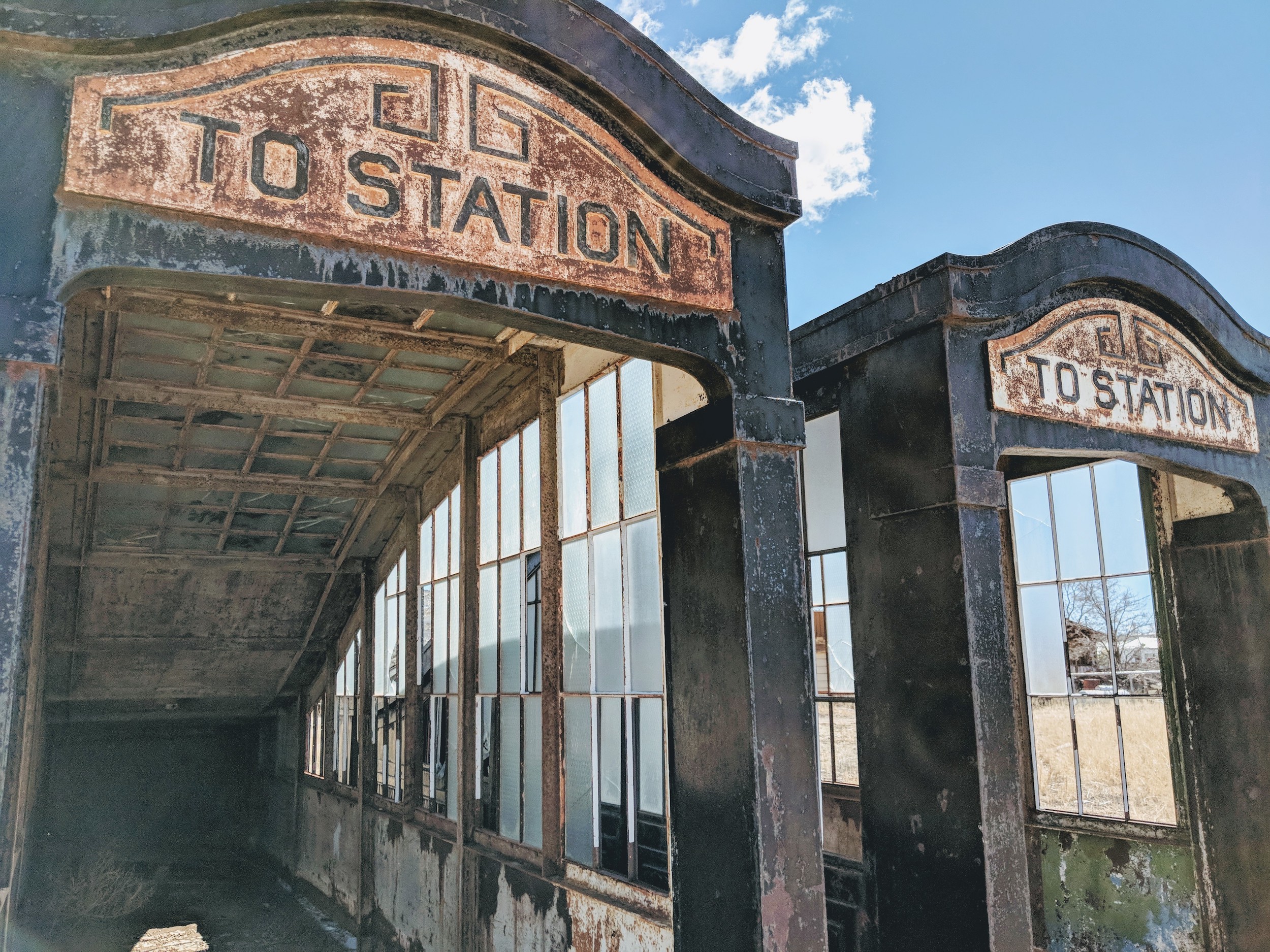
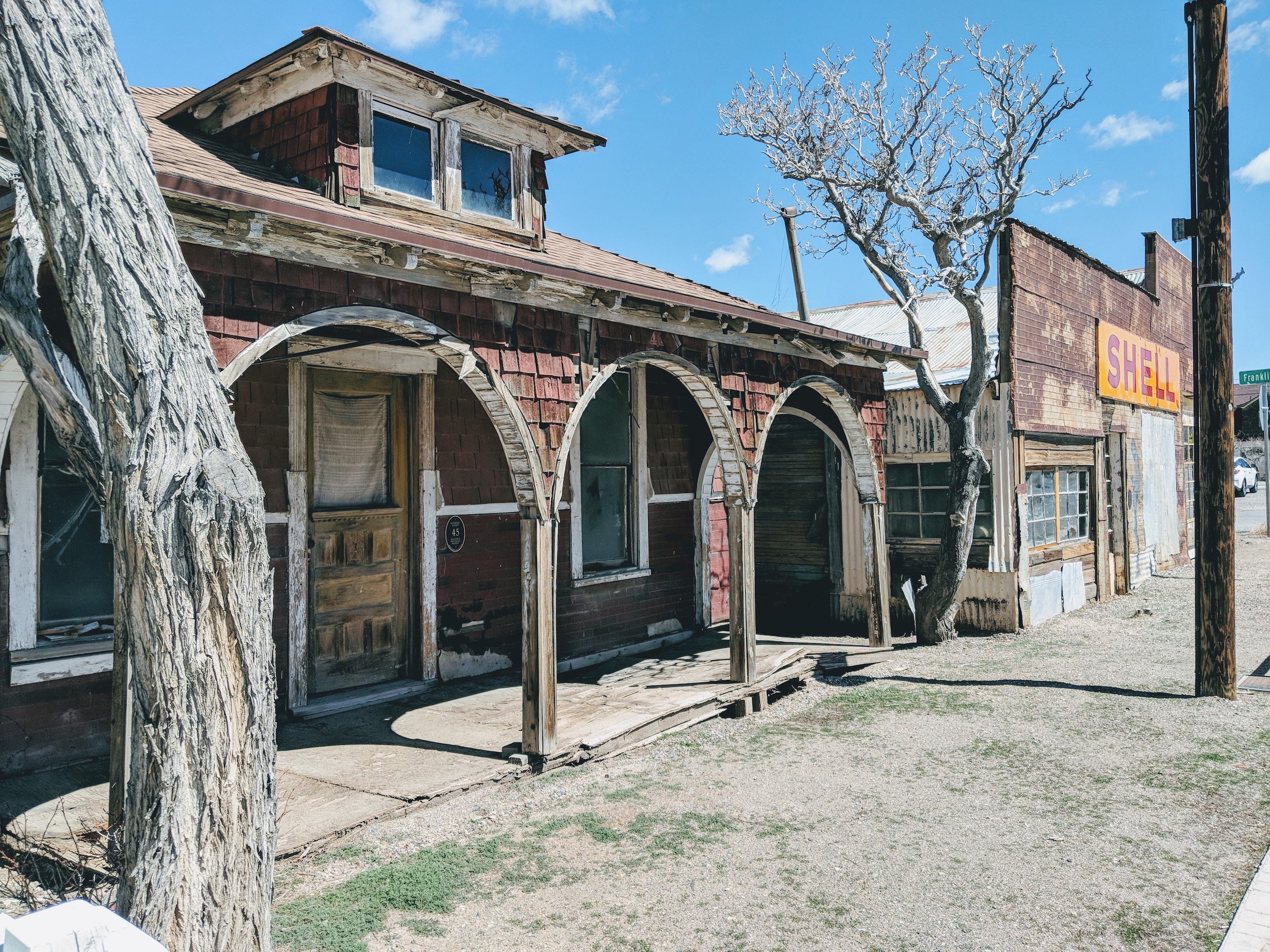
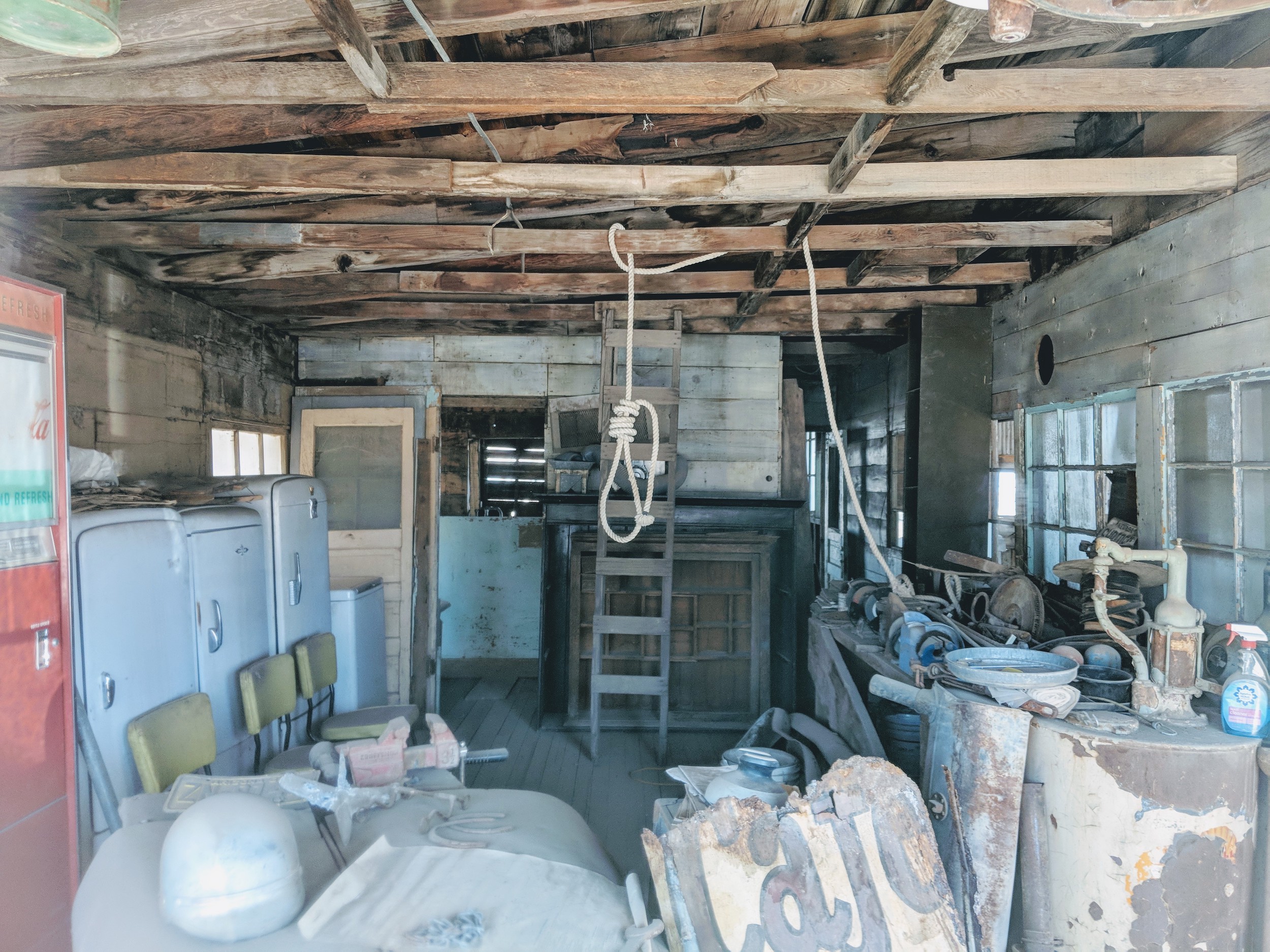
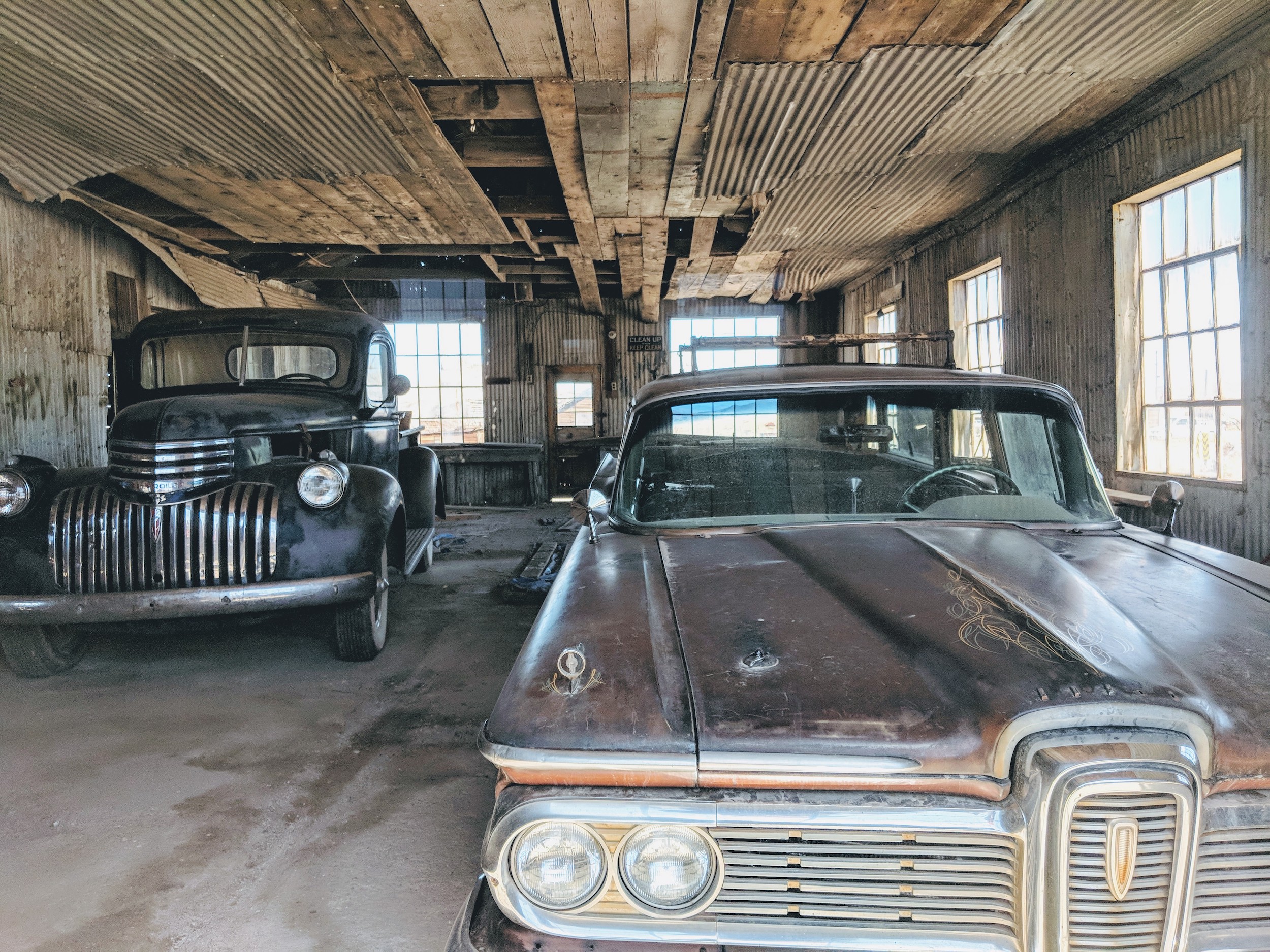
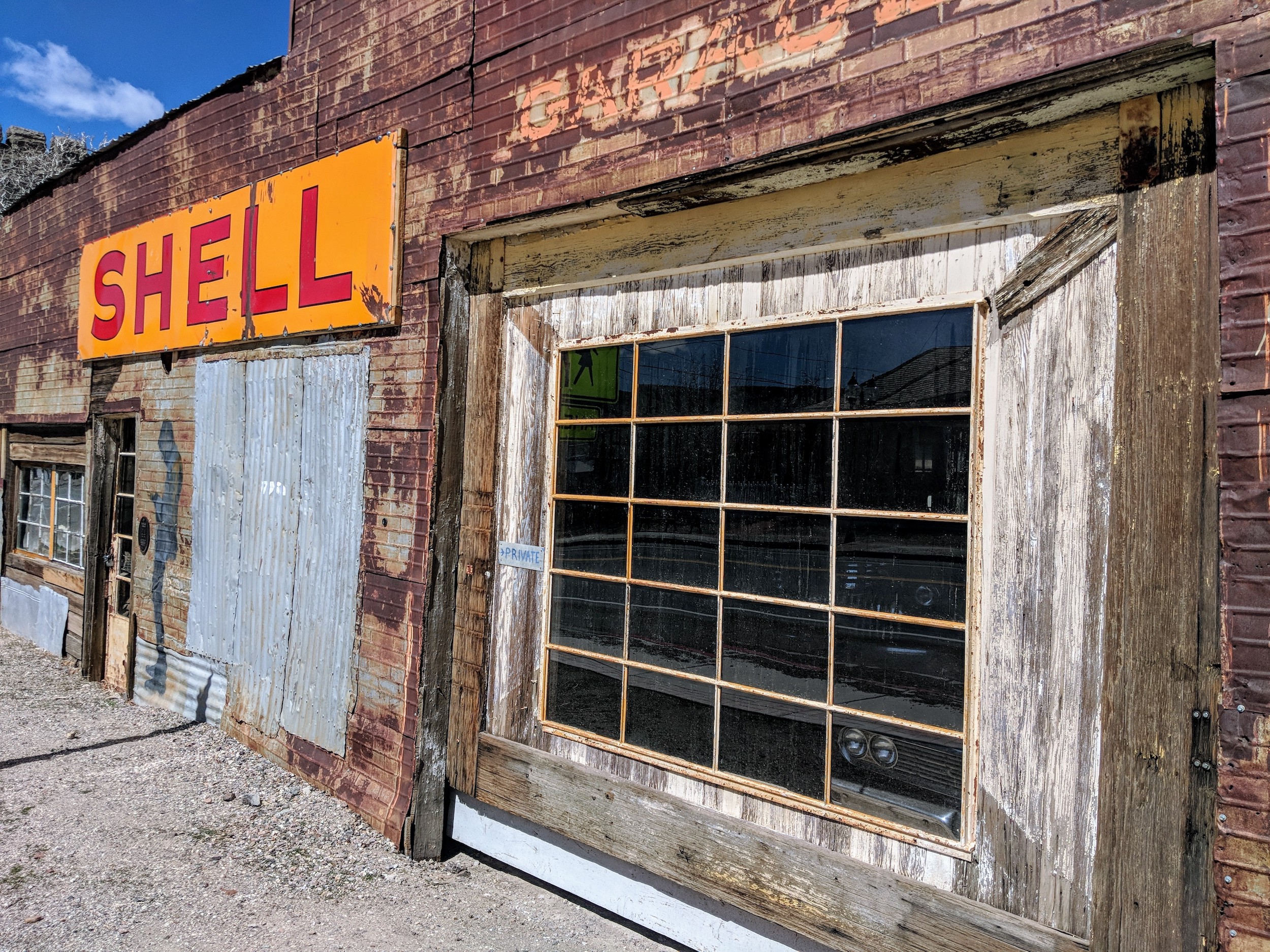
Goldfield hotel
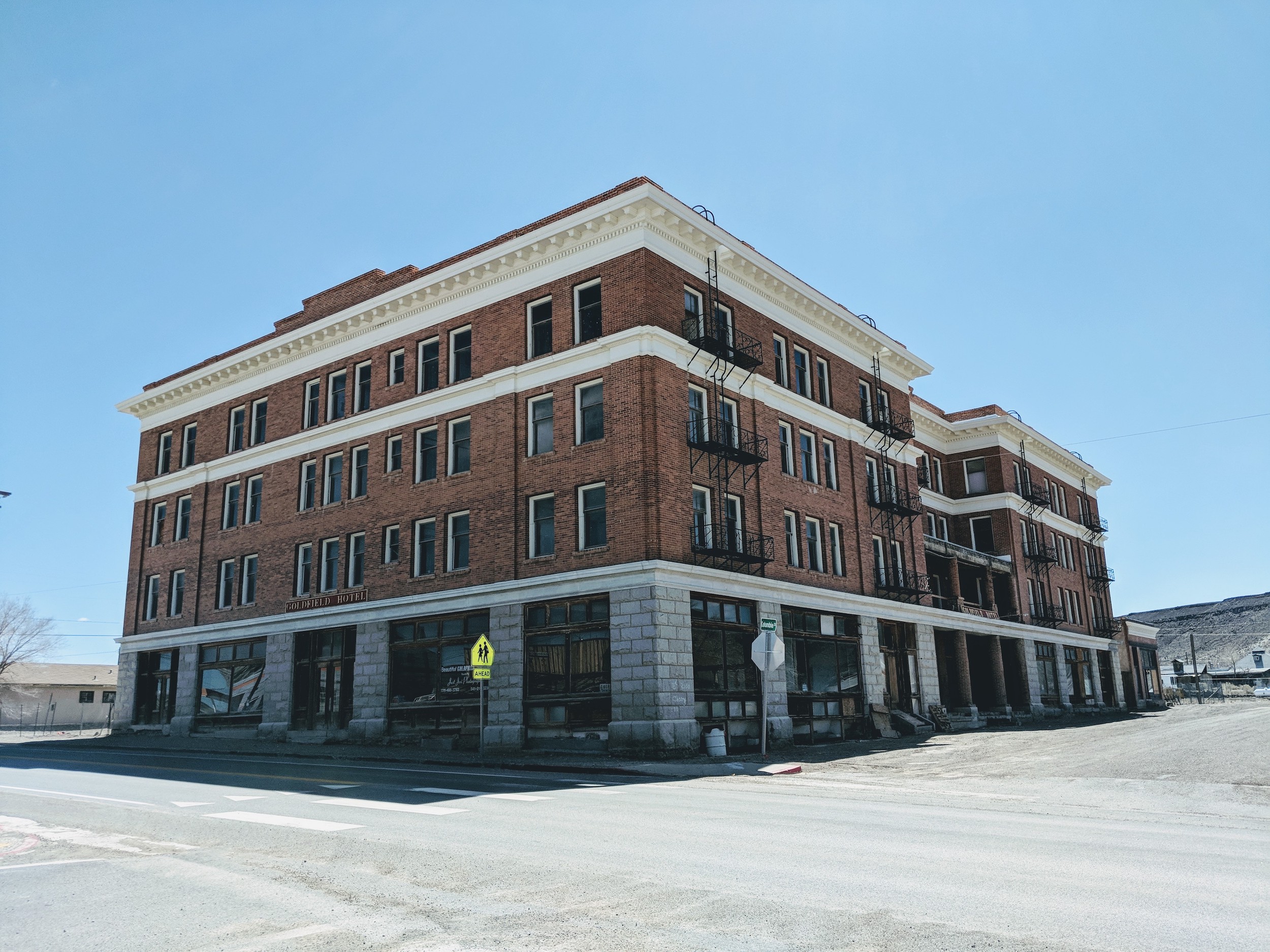
Goldfield Hotel today, March 2018
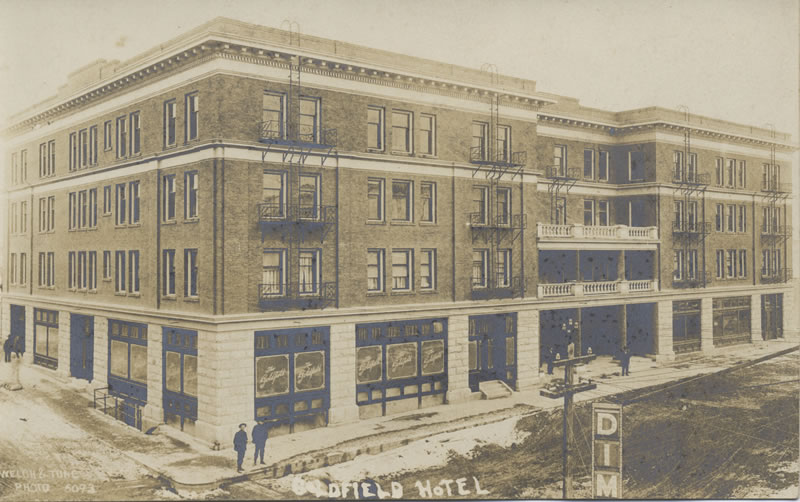
Goldfield Hotel in it’s better days
This was the main reason I wanted to visit the town. Presumably haunted and mysterious Goldfield hotel, which looks quite out of place in this small mining town. I was not disappointed.
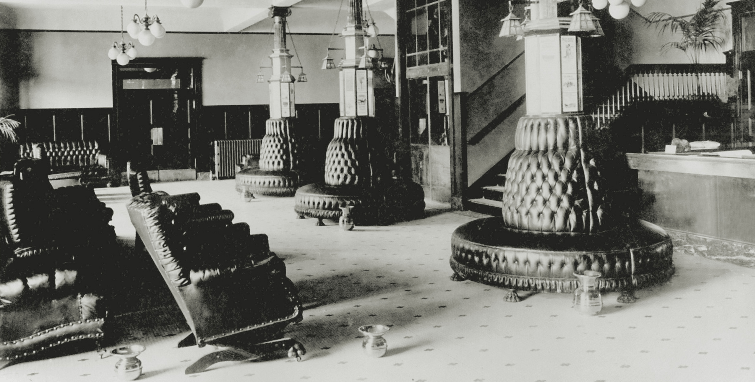
Old photo of the hotel interior. The same lounge I have on the new photo below.
The building really looks like it was taken from 1920th Chicago and placed in the middle of the small town, full of mining shacks. Unfortunately, you can’t get inside and all that left to the visitor is to peek through the windows. Not much left inside - definitely almost nothing remained from the posh interior.
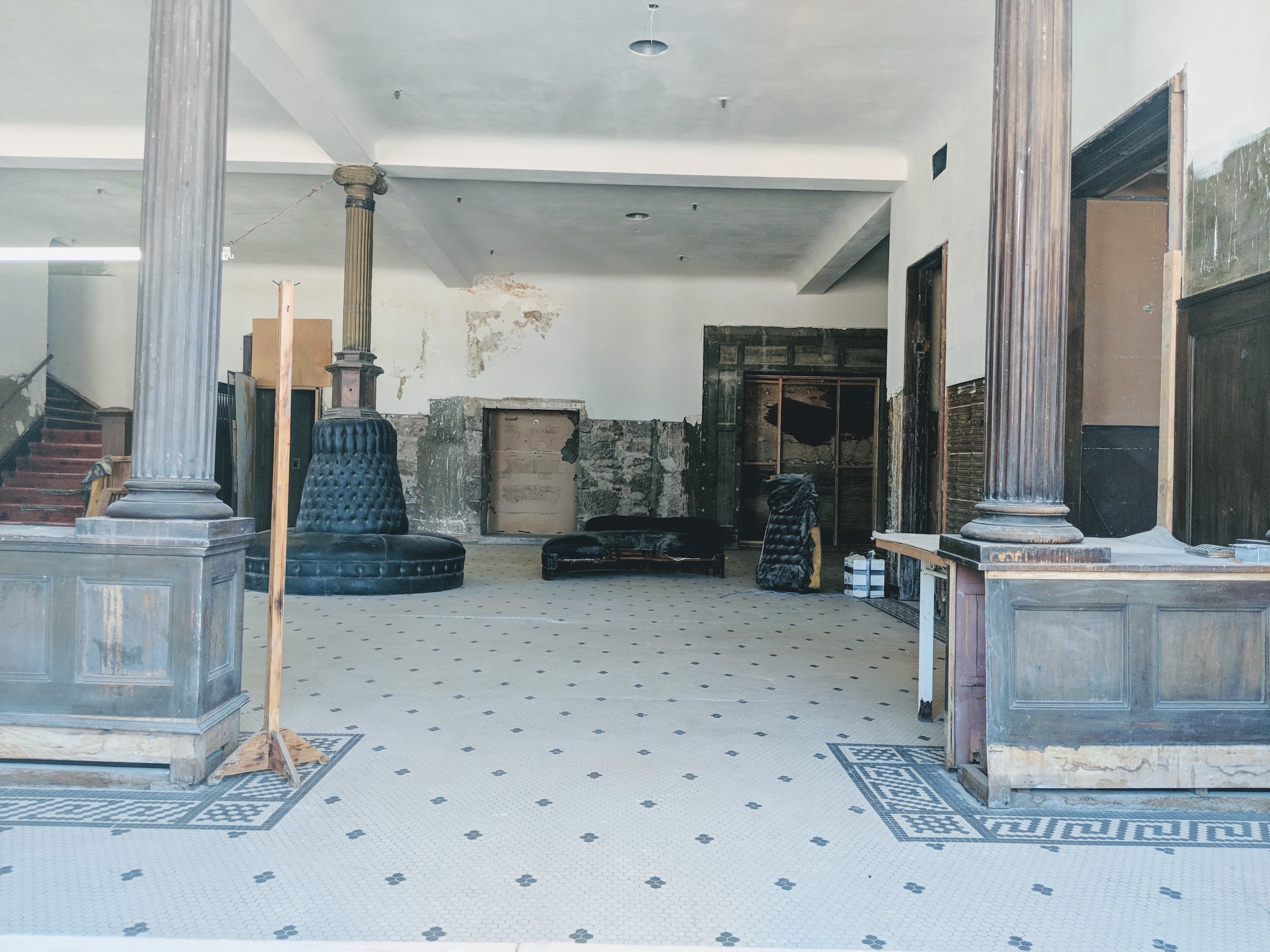
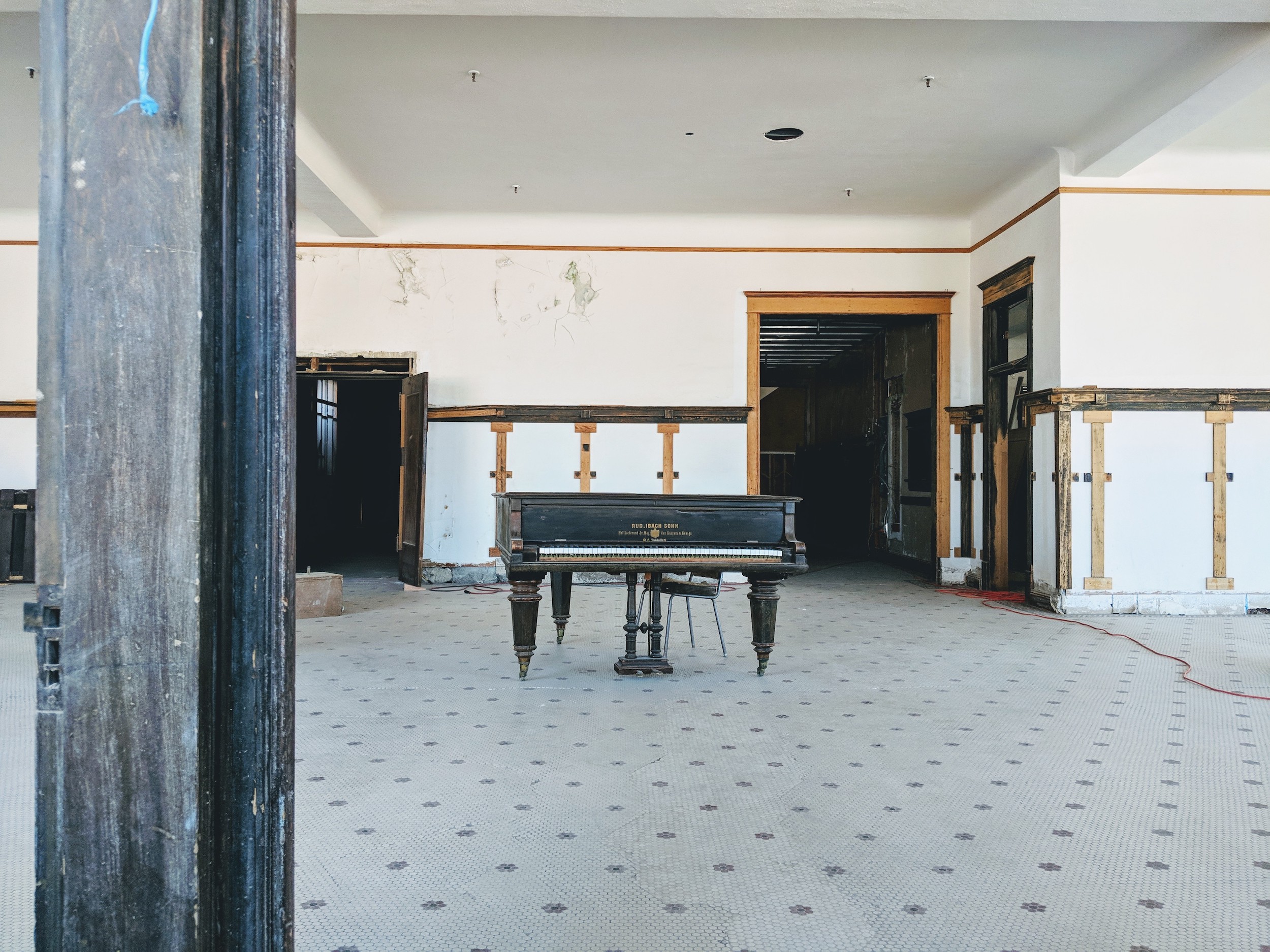
Interiors of the hotel, March 2018. Still can see those posh leather coaches.
A bit more about the history of the place:
In 1908, the Goldfield Hotel, designed by Architect George E. Holesworth, opened amidst an array of fanfare. Built on the former site of the Nevada Hotel, which had burned down in a fire in 1905, the hotel was first owned by J. Franklin Douglas and several other investors. The four story building of stone and brick cost over $300,000 to build and included 154 rooms with telephones, electric lights and heated steam. The lobby was paneled with mahogany and furnished in black leather upholstery, beneath gold-leaf ceilings and crystal chandeliers. The hotel imported chefs from Europe and boasted one of the first Otis elevators west of the Mississippi River. Considered to be the most luxurious hotel between Chicago and San Francisco, it appealed to society’s upper crust, making it an immediate success. (2)
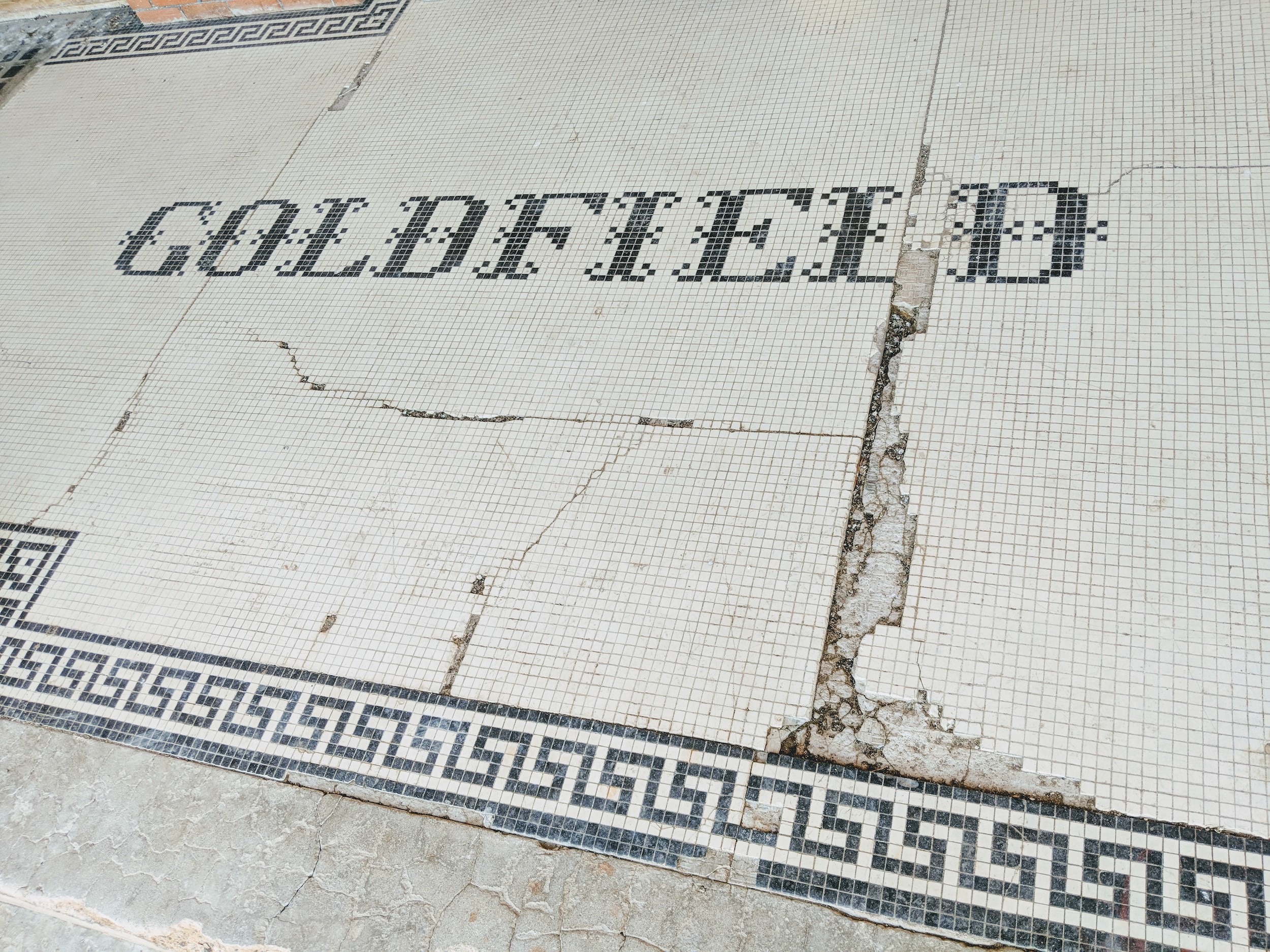
Hotel went through the hands of the several hotel magnates - George Wingfield from Bonanza Hotel Company, Newton Crumley. In the good days of Goldfield it was a place for rich guests, but as a town started declining (of course, decline was connected to the mines decline).